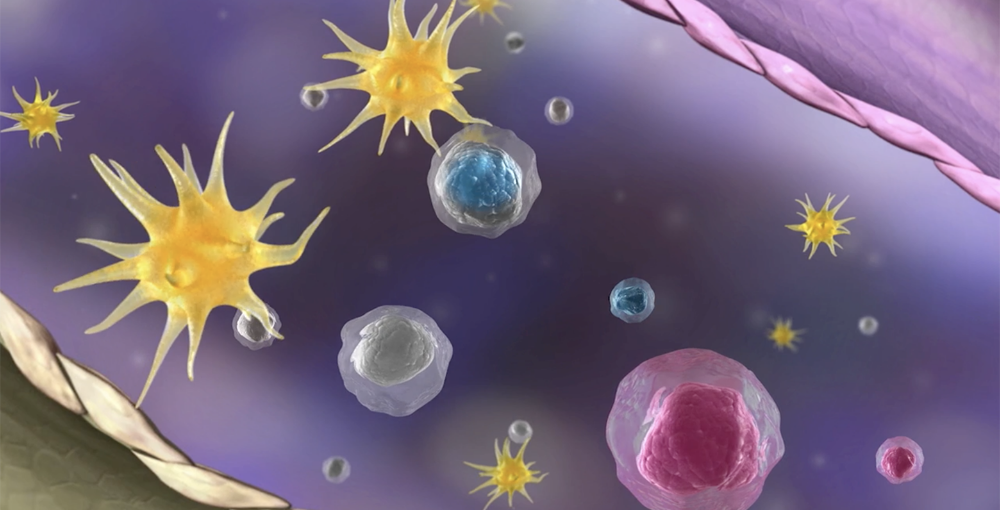Understanding the symptoms
Eczema that occurs chronically may be more than just a skin condition. It could be a disease called atopic dermatitis.
The most common type of eczema is atopic dermatitis, a chronic disease. If you struggle with frequent flare-ups that just keep coming back, there may be a bigger story happening inside your body.
With atopic dermatitis, even when your skin looks clear, the inflammation may still be active under the surface and your next flare-up is just waiting to return. Some people always show signs of the disease.
The most obvious sign of atopic dermatitis is dry, itchy skin. Flare-ups are different for every person and can appear all over the body. Some other common external symptoms include:
- Redness
- Lesions that can ooze and crust
- Swelling
- Scaly areas
- Thick skin
